Should the NFL Hit Harder on Illegal Hits?
January 13, 2018
CTE, or chronic traumatic encephalopathy, is a degenerative disease of the cerebrum caused by repetitive trauma. For NFL fans and owners everywhere, the letters CTE are now the scariest of the alphabet. With new studies surfacing showing the percentage of players who develop CTE, the league seems more dangerous now than ever, and the sport is seeming to lose popularity among children. Emily Kaplan of Sports Illustrated reports that since 2008, participation rates for high school football is down 2.5%. This is horrifying for the league as these children are tomorrow’s NFL stars.
Sadly, the league is not helping its popularity, as unwarranted and harsh hits, as well as fighting, are commonplace in the league. These actions only serve to make the NFL seem even more dangerous than it already is. Akshaj Pandey ‘19 expresses his opinion on the matter, “I think that Americans do not really scrutinize the NFL on hard hits, but even if they do, it usually is a response to a dirty hit that leads to a foul. I personally believe though that dirty hits in the NFL are unwarranted.”
Although the NFL’s image has been hurt due the hits and fights, they have tried to save-face in the form of suspensions and fines. For example, in a Sunday afternoon game on December 17, 2017, Thomas Davis viciously hit Davante Adams, although Adams did not have the ball. Swiftly, on the next day, the NFL hit Davis with a two-week suspension. Davis then repealed the suspension, and the NFL reduced it to only one game. Adams received a concussion, his third in two years. Sophomore Aditi Sharma ‘20, is angered by the dangerous play of the NFL, “I think that the nature of football itself is violent, but the NFL has not done enough to treat consequences of this violence such as concussive disorders.” Aditi’s feelings encapsulate what many critiques of the NFL feel is wrong with it. Due to this pressure, the NFL has committed 100 million dollars to concussion research.
Another example is in Week Nine, in a game between the Cincinnati Bengals and the Jacksonville Jaguars, AJ Green and Jalen Ramsey began to fight after Ramsey shoved Green to the ground. After a minute long fight that took three referees to break up, both players were ejected. Afterwards, the NFL decided not to suspend either player, but to fine Green approximately 42,000 dollars. Though the NFL has reacted swiftly to these issues, the question is, have they done enough?
No, they have not. First, though Davis’ single-game suspension is at least a better punishment than what Ramsey and Green received, it is still not enough to make a real impact. The Carolina Panthers (Davis’ team) will most likely make the playoffs this year, and so this suspension does not hurt their team when it really counts, as Davis will miss only one regulation game. A better option for the NFL would be a three to four game suspension of Davis as well as a fine. This would more efficiently display that the league is against violence. Second, the lack of suspension for either Ramsey or Green is absurd, as they both engaged in a fight that not only slowed the game to a halt, but also endangered both players. Though Green was fined 42,000 dollars, this is minuscule for a man who is scheduled to make 10.3 million dollars this year. This fine is equivalent to a person making 100,000 dollars a year being fined 408 dollars.
Though the NFL has struggled to calm the fears of CTE, as well as stop its players from unleashing vicious hits and fights, it has made strides. NFL player Odell Beckham Jr. once said, “Football is my sanctuary. It’s where I go to escape. It’s where I’m most happy”, but clearly, the American people are unhappy, and the NFL must do something to change that.

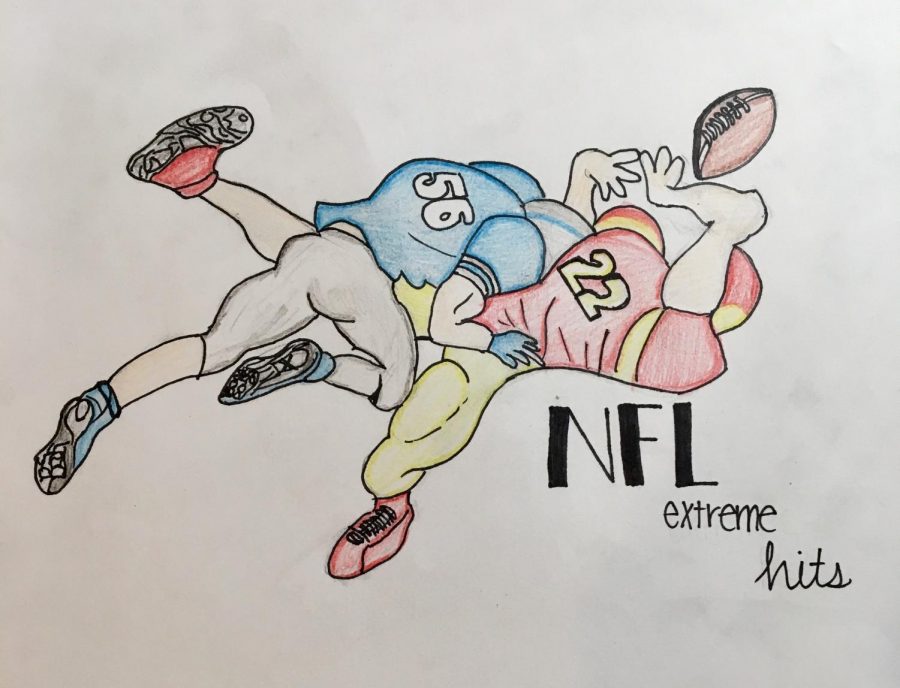
![A group of female F1 fans at the 2022 Australian Grand Prix.
Photo credits to Robert Cianflone
Source: [Robert Cianflone]](https://www.ridgedevilsadvocate.com/wp-content/uploads/2024/04/Female-F1.png)
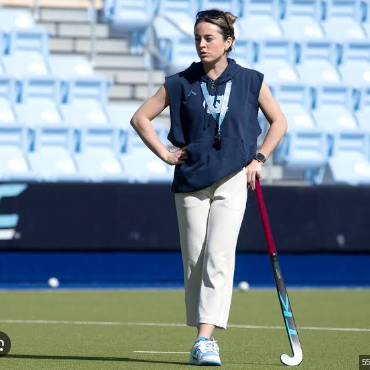
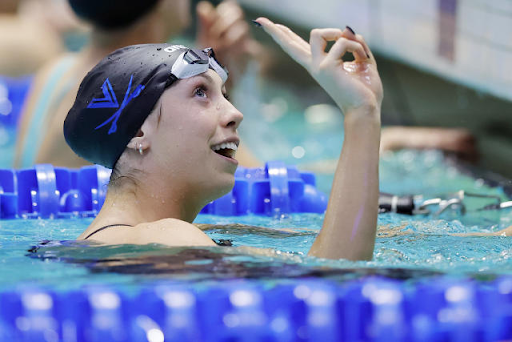

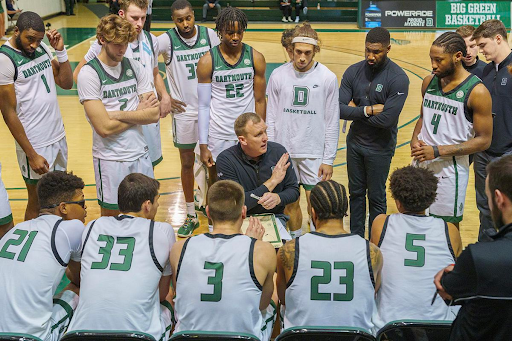




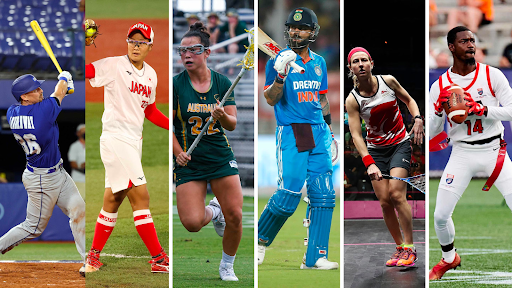
Greg • Feb 26, 2018 at 12:07 pm
Great article! Very informative
Kyle Watkins • Feb 26, 2018 at 12:04 pm
I find your perspective on the dangers of CTE in the NFL very interesting, but I have to ask: do you have any ideas as to how exactly fix this problem? Nothing is gained by simply stating there’s already an evident problem; you have to create a plan of action.